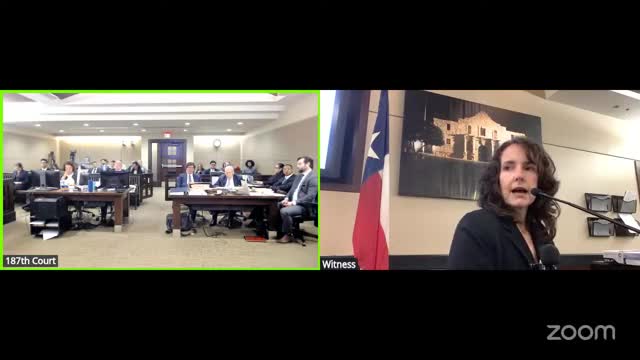Forensic Expert Links Gunshot Residue to Mark Anthony Saldivar Incident
April 09, 2025 | Judge Stephanie Boyd 187th District, District Court Judges, Judicial, Texas
Thanks to Scribe from Workplace AI , all articles about Texas are free for you to enjoy throughout 2025!

This article was created by AI using a video recording of the meeting. It summarizes the key points discussed, but for full details and context, please refer to the video of the full meeting. Link to Full Meeting
The expert explained that gunshot residue is commonly found on victims of gunshot wounds due to the force of gases pushing particles from the firearm towards the target. This residue can also be present if an individual is wrestling with a firearm, indicating potential involvement in a shooting incident. However, the expert clarified that while the presence of residue is indicative, it does not definitively prove that Saldivar fired a weapon.
Defense counsel raised critical questions about the interpretation of the residue findings, emphasizing that the analysis does not weigh the likelihood of each scenario equally. The expert acknowledged that while the presence of residue could suggest direct involvement with a firearm, it could also result from being near a discharged weapon.
The discussion highlighted the complexities of forensic analysis, including the need for further testing of the firearm and ammunition involved in the case. This could potentially link the residue found on Saldivar's hands to specific ammunition used in the incident, providing deeper insights into the circumstances surrounding the shooting.
As the trial progresses, the implications of this forensic evidence will be crucial in determining the outcome of the case against Saldivar. The presence of gunshot residue raises significant questions about his involvement, setting the stage for further examination of the evidence and its impact on the jury's deliberations.
Converted from WED., APRIL 9, 2025/JUDGE STEPHANIE BOYD/187TH DISTRICT COURT/MORN DOCK & JURY: STATE VS MCINTYRE meeting on April 09, 2025
Link to Full Meeting
Comments
View full meeting
This article is based on a recent meeting—watch the full video and explore the complete transcript for deeper insights into the discussion.
View full meeting